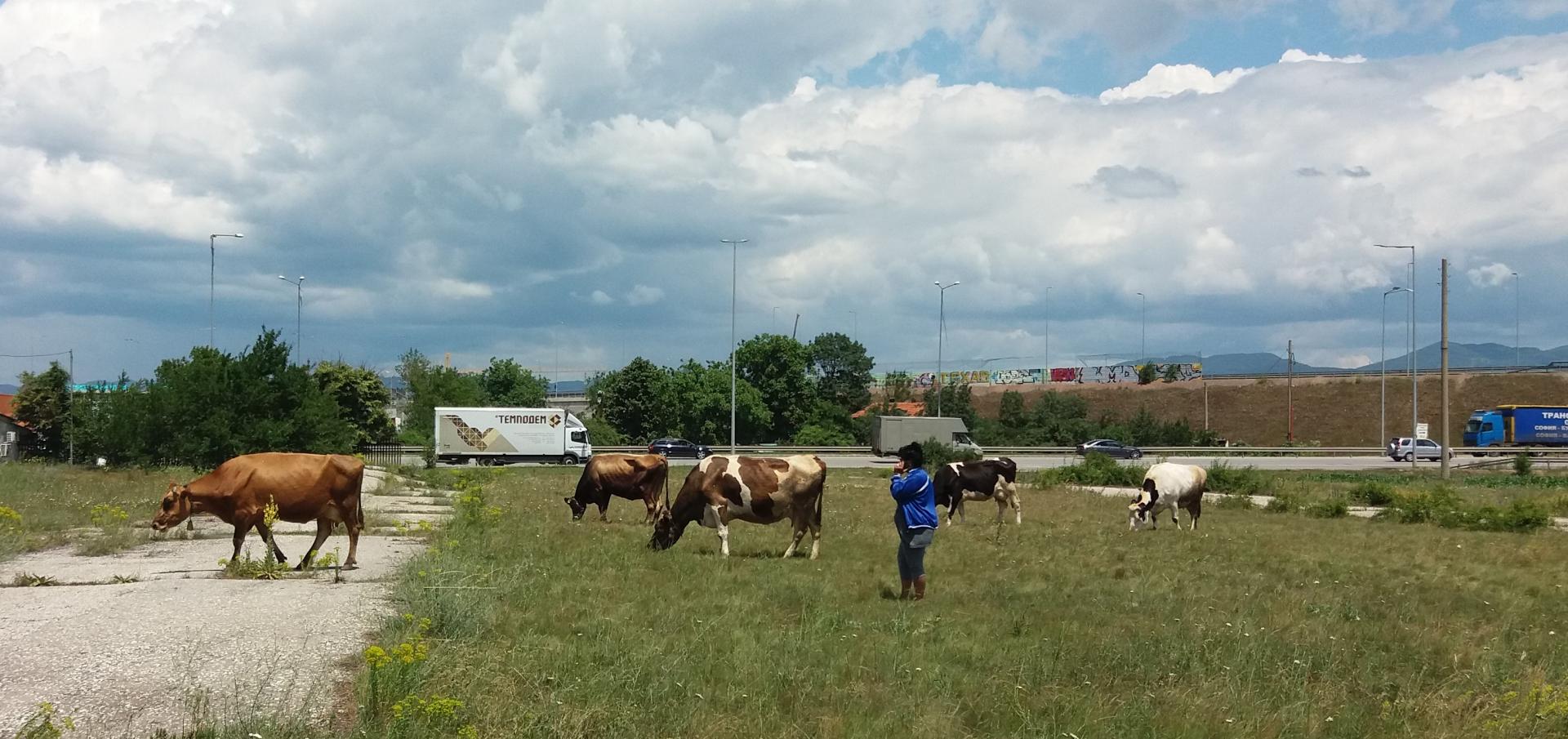
The University of Forestry, Experimental Field Type is an education and research project which is located on the periphery of the City of Sofia.
The site was created in 1963 by the Agricultural Academy and has been serving education and research in the field of agriculture and animal and veterinarian studies. At present it functions as an experimental field for the University of Forestry, whose research staff and students come from the agronomy and veterinarian science disciplines. It covers an area of over 75 acres of land where a variety of typical cereal, trial crops and vegetables are grown. In addition there is an orchard with many varieties of fruit trees characteristic of Bulgaria as well as some that are not suited for the region (to demonstrate to the negative effects of inappropriate climatic and growing conditions). There are also mulberry trees for silk worm production, an apiary, greenhouses and animal husbandry which includes: cows, sheep, goats, rabbits, pigs, poultry and horses. It also features a large reservoir for water supply and a deteriorating irrigation system, which was created in the 1970s.
The project is particularly interesting for showcasing Urban Agriculture for the following reasons:
In terms of its engagement with the city, the site has trialled many different approaches. However these have not proven to be sustainable despite their seemingly high potential. Approaches have included school visits, the sale of surplus agricultural produce such as milk and vegetables (which has failed due to unstable markets) and a plan to provide riding lessons which did not come to fruition.
Although an unsuccessful example of UA practice, from the perspective of local citizen engagement, the case study highlights the fact that, merely possessing the physical UA assets alone, is insufficient for successful outcomes to be delivered. There is therefore a clear need for creative engagement and good networking with local stakeholders and potential partner organisations. The field area has been characterised by disputes and troubled relations with the municipality over the years. Although a large farming entity, the land has not been eligible for EU subsidies as a large part of its income comes from non-farming activities, including from the university’s budget for research and study facilities.



